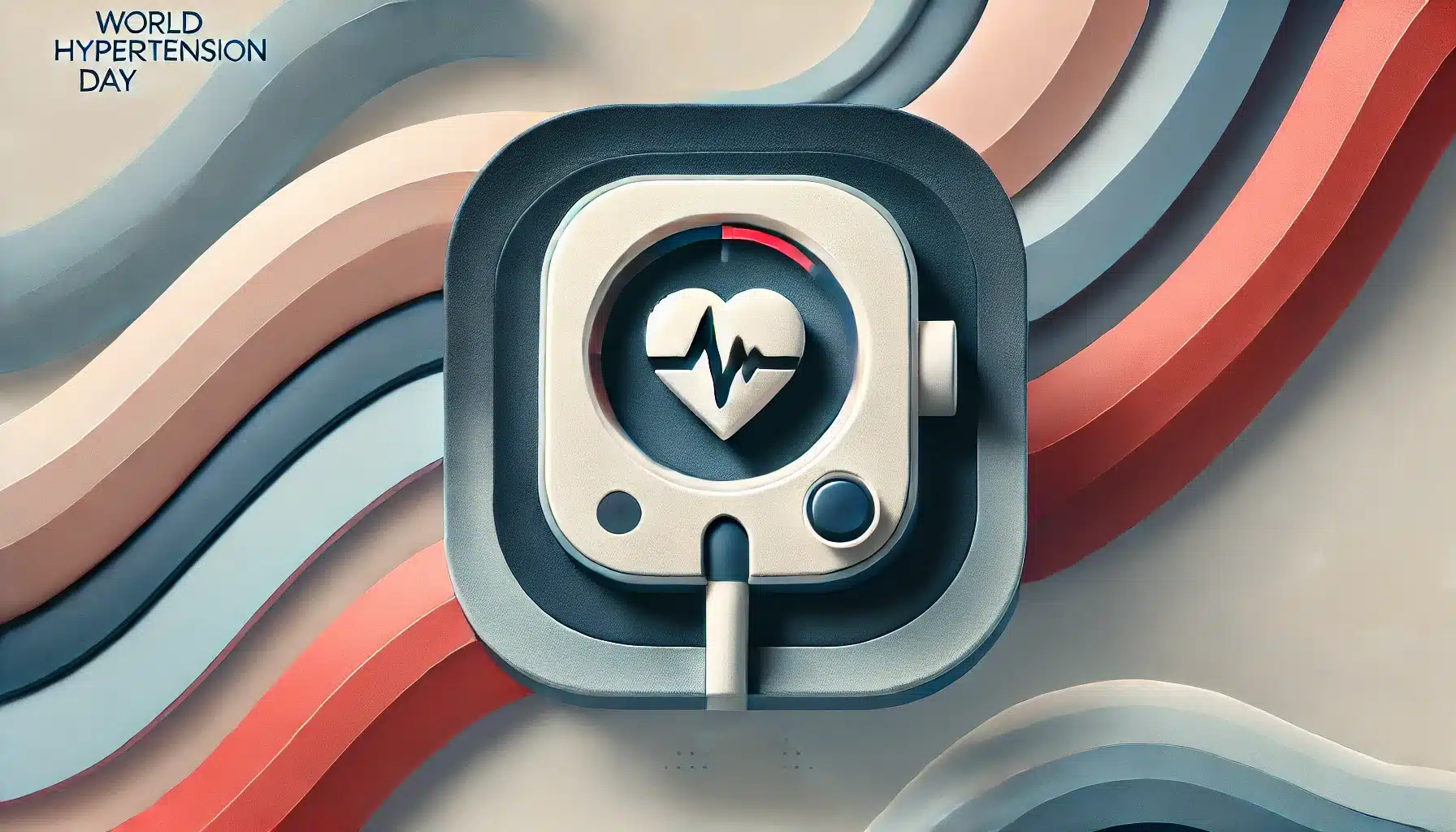What is World Hypertension Day?
World Hypertension Day is observed annually on May 17 to raise awareness about hypertension, commonly known as high blood pressure. This day promotes prevention, early detection, and effective management of hypertension to reduce the risk of heart disease, stroke, and other complications.
Established by the World Hypertension League (WHL) in 2005, the observance emphasizes the importance of regular blood pressure monitoring and lifestyle changes to maintain a healthy cardiovascular system.
History and Origin
The first World Hypertension Day took place on May 14, 2005, and was officially moved to May 17 in 2006. The World Hypertension League launched this initiative to address the fact that over 50% of people with high blood pressure are unaware of their condition.
By dedicating a day to hypertension awareness, WHL and its partners aim to educate people worldwide about the importance of measuring blood pressure accurately and taking steps to prevent and control hypertension.
Who Observes World Hypertension Day?
- Healthcare organizations and professionals: Conduct screenings, workshops, and public awareness campaigns about hypertension.
- Community groups and NGOs: Organize local health programs and distribute educational materials on managing blood pressure.
- Educational institutions: Host seminars and health awareness activities to teach students about hypertension risks.
- Government agencies: Implement public health initiatives and policies to encourage hypertension prevention.
- General public: Individuals take part in awareness events, monitor their blood pressure, and learn about heart health.
Slogans and Themes
Each year, World Hypertension Day highlights a key message related to blood pressure awareness and control. The observance stresses the importance of routine monitoring and lifestyle changes.
Slogans such as measure your blood pressure accurately, control it, live longer, know your numbers, and hypertension awareness saves lives emphasize the critical need for early detection and management of high blood pressure.
Colors, Symbols, and Patterns
Colors
- Red: Represents heart health and the importance of cardiovascular care.
- Blue: Symbolizes medical awareness and the global health community’s efforts to combat hypertension.
Symbols
- Heart icon: Represents cardiovascular health and the impact of hypertension on the heart.
- Blood pressure cuff: Symbolizes the importance of regular blood pressure monitoring.
- EKG/heartbeat line: Highlights the role of hypertension in heart disease and stroke prevention.
Patterns
- Heartbeat/EKG lines: Visualize heart activity and blood pressure health.
- Circular arrows: Represent ongoing blood pressure monitoring and management.
- Wavy lines: Symbolize the fluctuating nature of blood pressure and the need for balance.
Most Used Hashtags
- #WorldHypertensionDay
- #HypertensionAwareness
- #KnowYourNumbers
- #MeasureAccurately
- #HeartHealth
How to Observe World Hypertension Day
- Get your blood pressure checked: Visit a healthcare provider or use a home blood pressure monitor to stay informed about your numbers.
- Participate in local health events: Join free screening programs, health workshops, and public awareness campaigns.
- Educate yourself and others: Learn about hypertension risks, symptoms, and prevention, and share this knowledge with friends and family.
- Promote healthy habits: Engage in regular physical activity, maintain a balanced diet, reduce salt intake, and manage stress for better heart health.
- Support hypertension awareness online: Share facts, resources, and personal experiences using relevant hashtags on social media.
Why is World Hypertension Day Important?
Hypertension is a major risk factor for heart disease, stroke, and kidney failure, affecting millions of people worldwide. Many individuals remain unaware of their high blood pressure, making routine monitoring crucial.
By increasing public awareness, World Hypertension Day encourages preventive measures, early detection, and better management of hypertension. The observance plays a vital role in reducing the burden of cardiovascular diseases and improving global health outcomes.
Features
- Health
